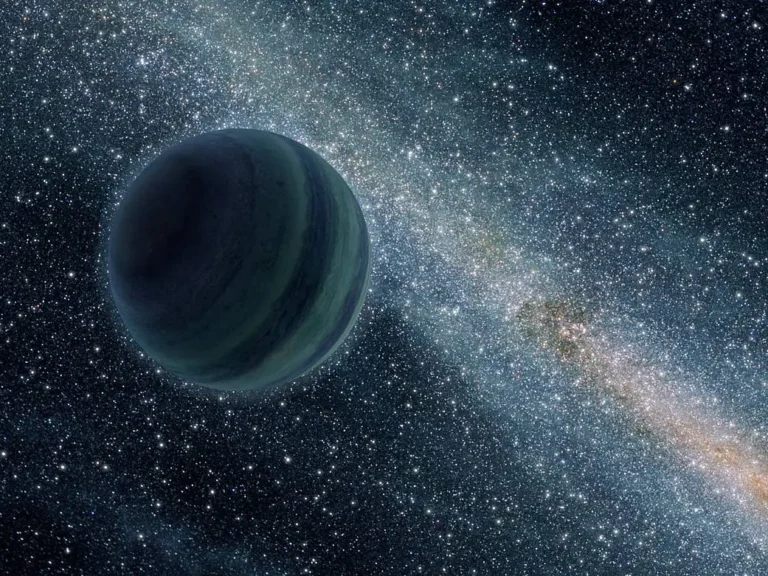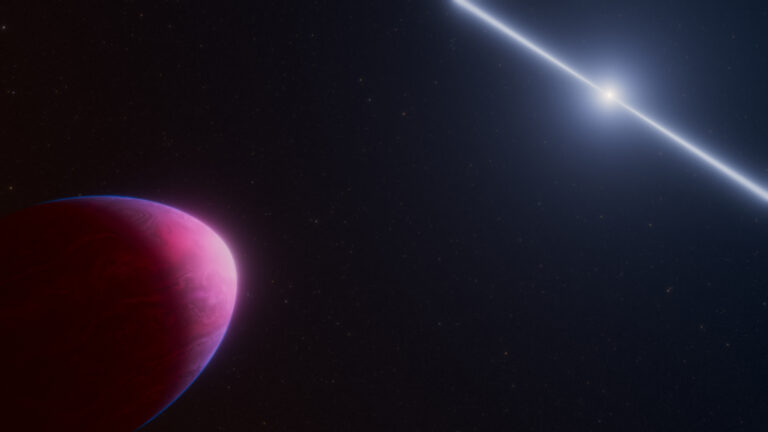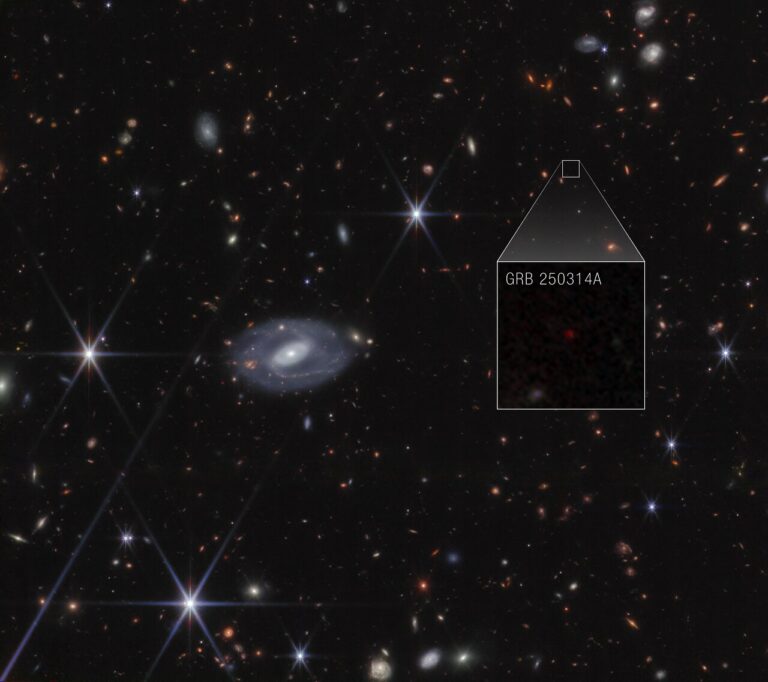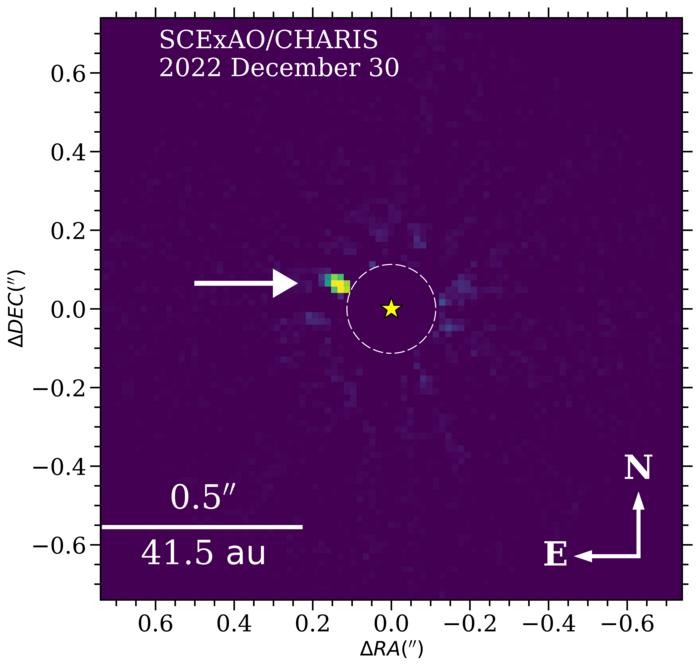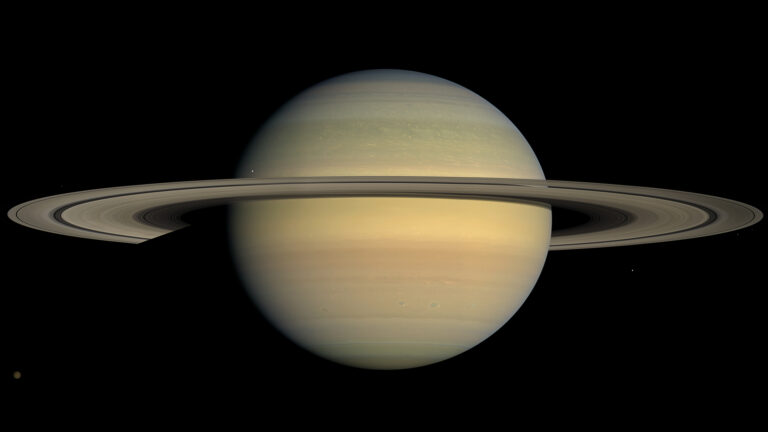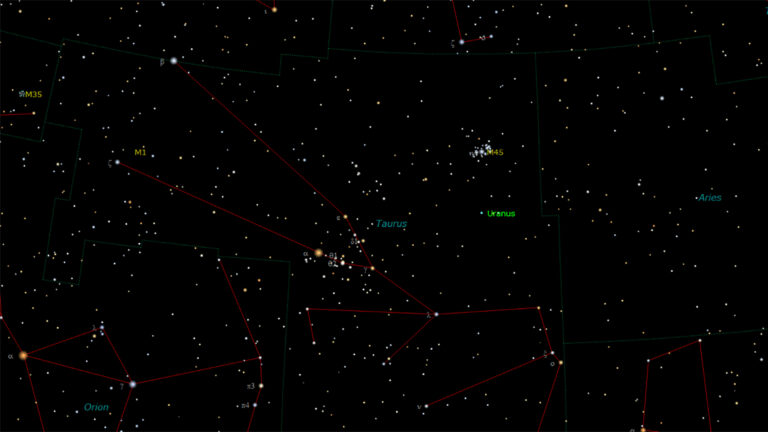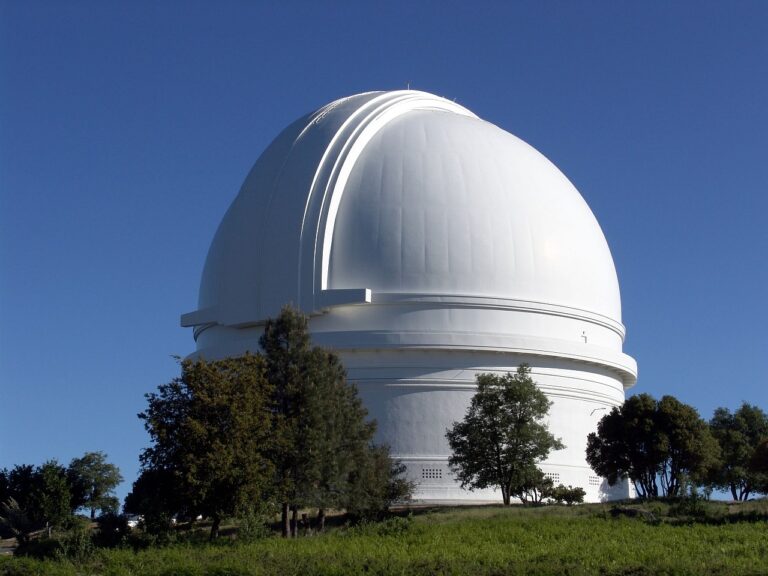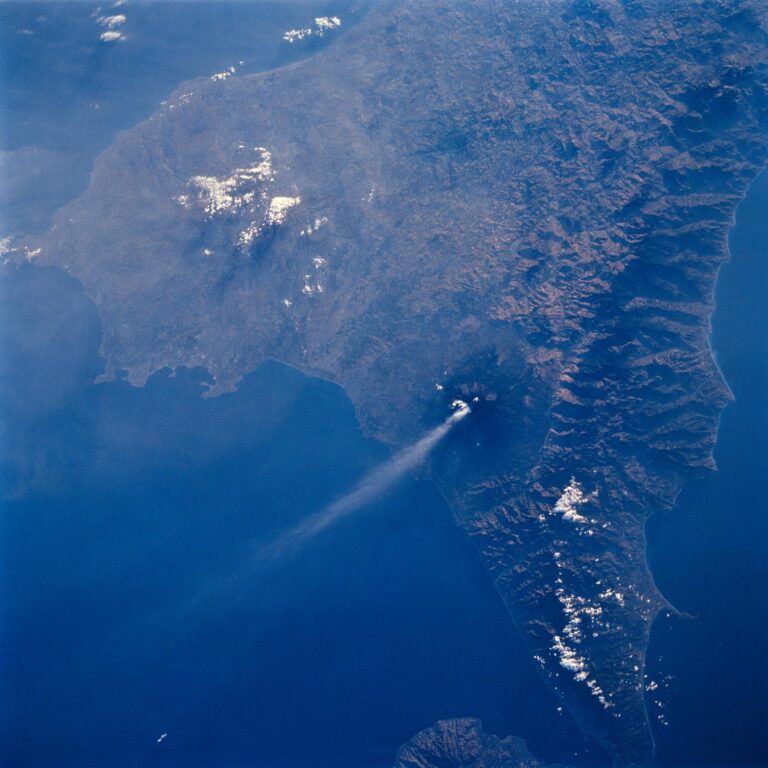Key Takeaways:
Earth is the only place in the universe where we know life exists. But with billions of other star systems out there, it might not be the best place for life. In a new study, astronomers modeled the potential for life on other watery planets and found some conditions that can create oceans maximized for habitability.
The model suggests that watery planets with dense atmospheres, continents, and long days — slowly rotating planets that is — were most conducive to life. These conditions stimulate ocean circulation, which brings nutrients from the depths to the surface where it’s available for biologic activity.
“[The research] shows us that conditions on some exoplanets with favorable ocean circulation patterns could be better suited to support life that is more abundant or more active than life on Earth,” Stephanie Olson, a University of Chicago researcher who lead the new study, said in a press release.
To date, over 4,000 exoplanets have been confirmed, and a handful of those worlds orbit at a safe enough distance from their host star to have liquid water on the surface. These habitable zone planets are at the forefront of the search for alien life and the new research, presented Friday at the Goldschmidt Conference in Barcelona, Spain, will help astronomers narrow down that search.
Previous studies looking at exoplanet habitability had largely neglected the role that oceans play in regulating global climate and heat transportation. The researchers focused in on this niche, using a computer model to compare different combinations of climates and ocean habitats that could exist on exoplanets across the galaxy. The study aimed to look for things like upwelling, a type of ocean circulation driven by wind.
“One of the things we don’t really understand particularly well in the exoplanet community is how oceans on some of these planets might be working,” said Chris Reinhard, professor at the School of Earth and Atmospheric Sciences at the Georgia Institute of Technology, who was not involved in the new study. “Part of that is because we haven’t had the computer models or people working on them to really explore these things, so there’s a lot to learn. This is a really huge step in the right direction to figure some of those things out.”



